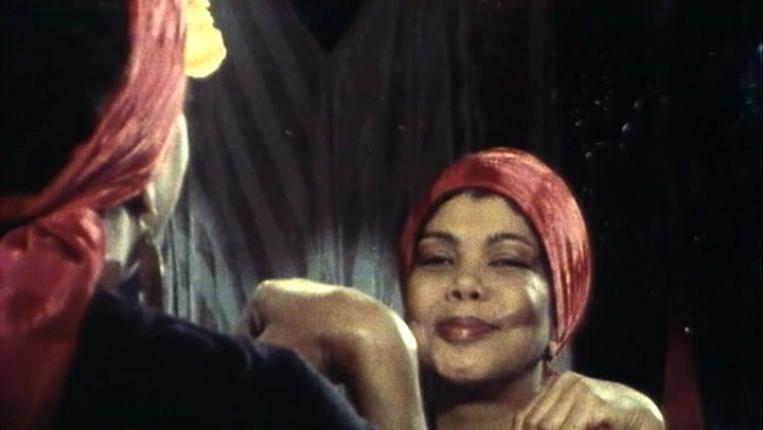17th Sep - 08th Oct at 18:30
Film cicle Slow and steady wins the race
Auditório Ilídio Pinho
This cycle invites a reflection on slow and contemplative cinema, prompting us to question our experience as spectators.
Time acts as an essential element in the selected films, and editing ceases to serve the audience’s imagination or narrative logic, instead becoming what Gilles Deleuze defined in Cinema 2: The Time-Image as a non-rational cut.
As a result, editing follows a sensory logic, allowing time to guide the spectator toward freeing their unconscious and entering a state of introspection.
Thus, it is through duration that cinema—seemingly devoid of plot and adhering to simple narrative principles—encourages viewers to engage in self-examination through their participation in the film.
The chosen films not only seek to explore this concept but also engage with various technical and directorial aspects, such as the use of static shots, the presence of alienated and expressionless characters, the depiction of routines interrupted by stark contrasts, and the inclusion of absurd episodes.
However, each film in this selection possesses a unique interiority, belonging exclusively to itself and to the individual who observes it. Despite the recurring use of certain techniques, these films are, above all, deeply personal constructions.
Routine plays a crucial role in these works.
Yasujiro Ozu—the first filmmaker featured in this cycle—repeats gestures not only within his films but throughout his entire career.
His stories revolve around family dramas, and An Autumn Afternoon (1962) is no exception.
The film explores a father’s longing as he surrenders to solitude for the sake of his daughter’s happiness.
This simple premise—loneliness—is portrayed with striking purity: an empty house covered in shadows, staircases with no one to climb them, a mirror with no one to gaze into it.
Then, a drunken father returns to his vacant home. These empty shots, paired with the stoic protagonist who ultimately allows himself to feel, confront the audience with life’s finality—the death of something that is yet to come (or perhaps has already arrived), allowing us, as spectators, to share in that pain.
From the stoicism of Ozu’s characters, we move to the alienation of those in Four Nights of a Dreamer (1971).
Here, Robert Bresson explores a modern form of romanticism, where emotions become an obsessive repetition—the name Marthe (the beloved) resurfaces constantly.
A dream is created (the dream of love), and an inner detachment from reality takes hold, a love felt so intensely that it ultimately vanishes. In the end, nothing remains but a poem of two unlovers and yet another abstract face painted in red on a canvas.
We leave behind the reality of the streets and step into the warmth of a contrasting it was you whom I loved.
Just as in Bresson’s film, the two short films Walker (2012) and No No Sleep (2016) by Tsai Ming-Liang stand out through contrast—this time, in the striking difference between the extreme slowness of a monk’s walk and the frenzied speed of the city around him. Walker is one of the finest examples of the power of duration, nearly abandoning narrative sequencing entirely, yet fully delivering on its intent—a theological journey.
Meanwhile, No No Sleep begins with the same premise (a monk walking through the city) but takes us into the bathhouses of a hotel, where this sacred figure, seemingly beyond time, is placed alongside an ordinary citizen.
Through this juxtaposition, the film questions a way of life that deprives us of rest, suggesting that we live in such an abstract world—represented visually by shots of high-speed trains—that perhaps slowing down is the only way to understand it.
The final film in this cycle, Songs from the Second Floor (2000), is similarly steeped in the absurdity of reality.
Whereas the previous films present the sacred as a possible response to the consumed city, Roy Andersson’s film portrays the sacred as just another futile attempt to escape an illogical and chaotic world—one that drives people to alcoholism, despair, and madness.
This film crafts a darkly comedic critique of capitalist society, employing a surrealist approach that, unlike the slowness of the other films, becomes essential for achieving inner introspection.
(Diana Monteiro, Undergraduate Student in Film and Curator of the Cycle)






